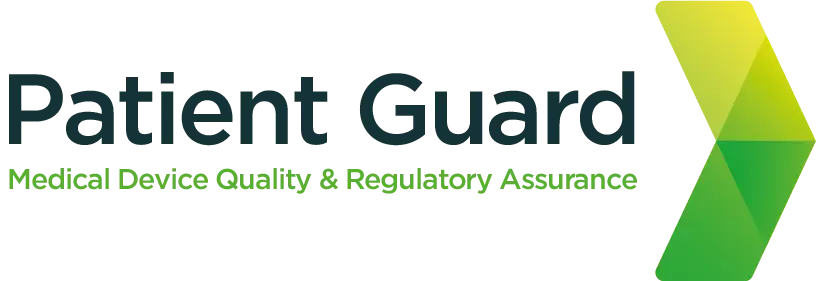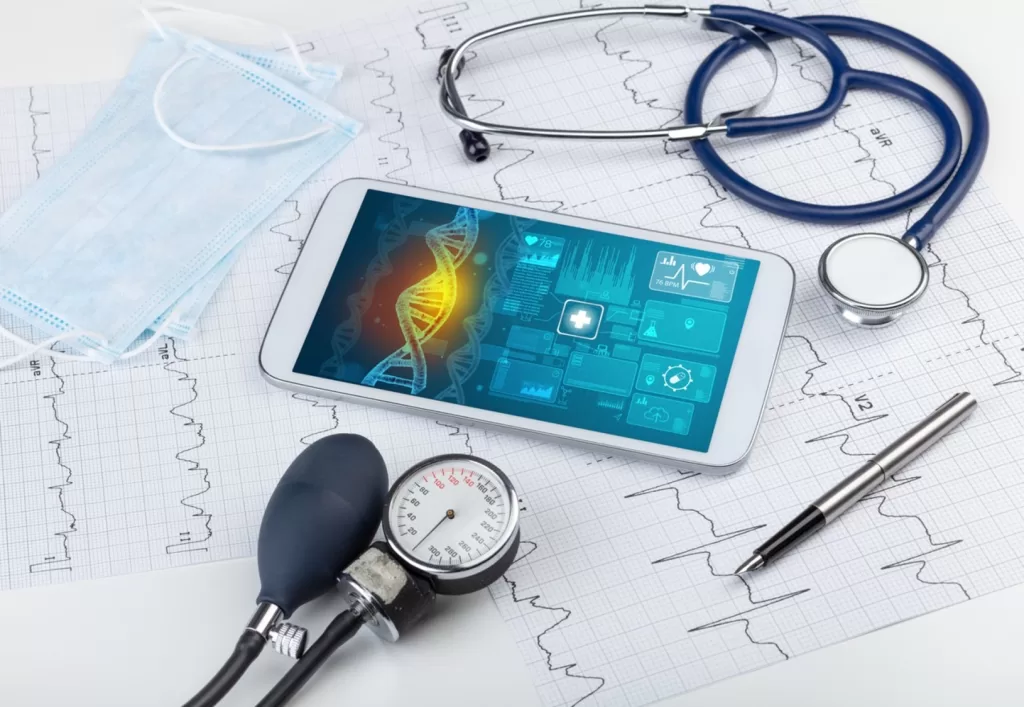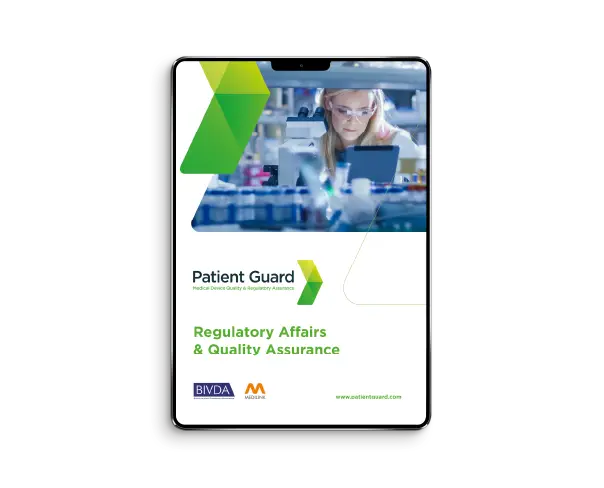Medical Device Software
Medical device software plays a pivotal role in patient care. To ensure the reliability, safety, and effectiveness of these software-driven devices, regulatory standards are in place. One such crucial standard is the IEC 62304. In this blog, we will delve into the intricacies of IEC 62304, exploring its significance, key concepts, and its impact on the development of medical device software.
What is IEC 62304?
IEC 62304 is an international standard published by the International Electrotechnical Commission (IEC) that defines the software lifecycle processes for medical device software. It provides a framework for the development, maintenance, and support of medical software throughout its entire lifecycle. The standard sets guidelines for software development processes, documentation, and risk management to ensure the safety and effectiveness of medical devices.
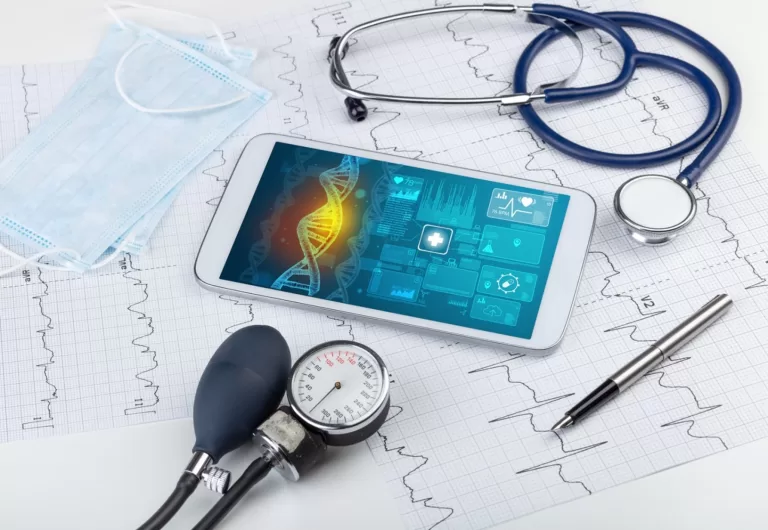
Key Concepts of IEC 62304
Software Safety Classification:
IEC 62304 classifies medical device software into three categories – A, B, and C, based on the potential harm it could cause to patients or operators. Each class has specific requirements for software development and documentation.
Software Development Process:
The standard outlines a systematic approach to software development, including requirements analysis, design, implementation, testing, integration, and maintenance. It emphasizes the importance of traceability, ensuring that each stage of development is linked to specific requirements.
Software Lifecycle Phases:
IEC 62304 divides the software lifecycle into different phases: development, maintenance, and retirement. Each phase has defined activities and documentation requirements, ensuring that software updates and modifications are handled systematically.
Risk Management:
Risk management is a critical aspect of IEC 62304. The standard requires developers to identify and assess potential risks associated with the software and implement mitigations to reduce these risks to acceptable levels.
Documentation:
Comprehensive documentation is a fundamental requirement of IEC 62304. Developers must maintain records of all development activities, risk assessments, and testing procedures. Proper documentation ensures transparency and traceability throughout the software lifecycle.
Impact on Medical Device Development
Compliance with IEC 62304 is not optional; it is a regulatory requirement in many countries. Adhering to this standard has several significant impacts on medical device development:

Enhanced Safety:
By following the guidelines of IEC 62304, developers can identify and mitigate potential risks, leading to safer medical devices. This standard ensures that developers thoroughly assess and address safety concerns at every stage of the software lifecycle.
Regulatory Compliance:
Meeting the requirements of IEC 62304 is essential for obtaining regulatory approvals from agencies such as the U.S. Food and Drug Administration (FDA) and the European Medicines Agency (EMA). Compliance with this standard facilitates the approval process, allowing medical devices to enter the market faster.
Improved Quality:
The structured approach outlined in IEC 62304 results in higher-quality software. Through rigorous testing and documentation, developers can deliver reliable and effective medical device software, meeting the needs of healthcare professionals and patients.
Global Market Access:
Compliance with international standards like IEC 62304 enhances the global marketability of medical devices. Manufacturers can confidently introduce their products to various markets, knowing that they meet stringent quality and safety requirements.
IEC 62304: Software Risk Classification
Class A - Medical Device Software
Class A software represents the lowest level of criticality. It includes software where failure is least likely to result in significant harm to people, property, or the environment. Examples might include certain consumer software applications or non-critical industrial control systems. Failure of Class A software may cause inconvenience or minor economic loss, but it does not pose a significant risk to human life or safety. Development processes for Class A software still involve ensuring reliability and suitability for its intended use, but the level of rigor may be lower compared to higher-risk classifications.
Class B - Medical Device Software
Class B software represents a moderate level of criticality. Failure of Class B software may result in more significant consequences compared to Class A, but it still falls short of catastrophic outcomes. Examples might include certain medical devices where failure could lead to patient discomfort or minor injury, or industrial systems where failure might cause production delays or moderate economic loss. Development processes for Class B software involve greater scrutiny and testing compared to Class A, with an emphasis on ensuring reliability and safety within acceptable risk levels.
Class C - Medical Device Software
Class C software represents the highest level of criticality among the classifications. Failure of Class C software can lead to severe consequences, including loss of life, serious injury, or significant environmental damage. Examples might include safety-critical systems in aviation, medical devices used in life-support applications, or control systems for hazardous industrial processes. Development processes for Class C software require the most stringent measures to ensure reliability, safety, and compliance with applicable standards. This typically involves extensive testing, formal methods, and comprehensive documentation to mitigate the risk of failure to the greatest extent possible.
IEC 62304: Software Development Process
Planning Phase:
The software development process begins with planning, where the development team defines the scope, objectives, and resources for the project. In accordance with IEC 62304, this phase involves identifying the software safety class (Class A, B, or C), determining regulatory requirements, and establishing a plan for managing risks throughout the software lifecycle.

Requirements Analysis:
During this phase, the development team gathers and analyzes user and system requirements. It’s essential to ensure that all requirements are clearly documented, unambiguous, and traceable. In compliance with IEC 62304, requirements must also address safety and security aspects, considering the intended use environment and potential risks associated with the medical device software.
Architectural Design:
The architectural design phase involves defining the software architecture and subsystems based on the requirements identified earlier. The architecture should facilitate modularity, maintainability, and scalability while addressing safety and security considerations. According to IEC 62304, the architecture should be documented and traceable to the requirements, with justification for design decisions provided.
Detailed Design:
In this phase, the development team elaborates on the architectural design, specifying detailed design components, data structures, algorithms, and interfaces. Design documentation should adhere to the standards outlined in IEC 62304, providing clarity and traceability to the architectural design and requirements. Any potential risks identified during design should be documented and addressed through risk mitigation measures.
Implementation:
The implementation phase involves writing code and creating software components based on the detailed design specifications. Developers must follow coding standards, guidelines, and best practices to ensure the reliability, maintainability, and safety of the software. Verification activities, such as code reviews and unit testing, are conducted to validate the correctness and robustness of the implemented code, as per the requirements of IEC 62304.
Integration and Testing:
During integration and testing, software modules are combined and tested as a complete system. Integration testing verifies that individual components work together as intended, while system testing validates the overall functionality, performance, and safety of the software. Testing activities include functional testing, non-functional testing, and validation testing to ensure compliance with user requirements and regulatory standards outlined in IEC 62304.
Software Release and Maintenance:
Once the software has been thoroughly tested and validated, it can be released for production use. However, software development doesn’t end with release; ongoing maintenance and support are essential to address issues, implement updates, and ensure continued compliance with regulatory requirements. According to IEC 62304, software maintenance activities should be carefully managed and documented to preserve the safety and effectiveness of the medical device software throughout its lifecycle.
IEC 62304: Risk Management
In the context of IEC 62304, risk management plays a critical role throughout the lifecycle of medical device software. It is essential for identifying, assessing, and mitigating potential risks associated with software failures that could impact patient safety or the effectiveness of the medical device. Let’s discuss risk management in the context of IEC 62304:
Risk Management Process
IEC 62304 emphasizes a systematic approach to risk management that aligns with ISO 14971, the international standard for medical device risk management. The risk management process typically involves the following key steps:

Risk Identification
Identifying potential hazards and hazardous situations associated with the medical device software throughout its lifecycle. This includes considering both known risks from similar devices and identifying new risks specific to the software under development.
Risk Analysis:
Analyzing identified risks to determine their severity, probability of occurrence, and detectability. This analysis helps prioritize risks based on their potential impact on patient safety and the effectiveness of the medical device.
Risk Evaluation:
Evaluating the significance of identified risks to determine whether further risk reduction measures are necessary. Risks that exceed acceptable levels may require additional mitigation efforts to reduce their impact or likelihood of occurrence.
Risk Control:
Implementing risk mitigation measures to reduce or eliminate identified risks to an acceptable level. This may involve design changes, safety features, protective measures, or warnings to minimize the likelihood or severity of harm associated with the software.
Risk Monitoring and Review:
Continuously monitoring and reviewing risk management activities throughout the software lifecycle to ensure that risks remain adequately controlled. This includes updating risk assessments as new information becomes available and revising risk mitigation strategies as needed.
Integration with Software Lifecycle Phases
Risk management is integrated into each phase of the software lifecycle outlined in IEC 62304, including:
Software Development:
Risks associated with software design, implementation, and testing are identified and addressed through risk management activities, ensuring that potential vulnerabilities are mitigated before the software is released for use.
Configuration Management:
Risk management processes ensure that changes to the software configuration are properly evaluated for potential impact on safety and effectiveness, and appropriate risk control measures are implemented to address any identified risks.
Problem Resolution and Maintenance:
Risks related to software maintenance, updates, and problem resolution are continuously monitored and managed to ensure that changes to the software do not introduce new risks or compromise existing risk controls.
IEC 62304: Document Requirements
Compliance with IEC 62304 requires thorough documentation throughout the software lifecycle to demonstrate adherence to the standard’s requirements for medical device software development. Here are the key documents needed for compliance with IEC 62304:
Software Development Plan (SDP):
The Software Development Plan outlines the overall approach, activities, and resources for developing the medical device software. It includes details on the software development process, lifecycle phases, roles and responsibilities, quality assurance measures, and compliance with regulatory requirements, including IEC 62304.
Software Requirements Specification (SRS):
The Software Requirements Specification defines the functional and non-functional requirements of the medical device software. It describes the intended use, user requirements, system requirements, and safety requirements, ensuring that the software meets the needs of its users and complies with safety standards, including IEC 62304.
Software Design Specification (SDS):
The Software Design Specification documents the architectural design and detailed design of the medical device software. It includes descriptions of software components, interfaces, algorithms, data structures, and design decisions, ensuring that the software is implemented according to the specified requirements and complies with design controls outlined in IEC 62304.
Software Risk Management Plan (SRMP):
The Software Risk Management Plan outlines the approach, methods, and responsibilities for managing risks associated with the medical device software. It defines risk management activities, risk assessment criteria, risk mitigation measures, and risk monitoring procedures, ensuring that potential hazards are identified, analyzed, and controlled in accordance with IEC 62304 and ISO 14971.
Software Test Plan (STP):
The Software Test Plan defines the approach, objectives, and resources for testing the medical device software. It includes details on test strategies, test cases, test procedures, test environments, and acceptance criteria, ensuring that the software is thoroughly tested to verify its functionality, safety, and compliance with IEC 62304.
Software Verification and Validation Reports (SVR/VVR):
The Software Verification Report and Software Validation Report document the results of verification and validation activities conducted during the software development lifecycle. They provide evidence that the software meets specified requirements, performs as intended, and complies with safety standards, including IEC 62304.
Software Configuration Management Plan (SCMP):
The Software Configuration Management Plan outlines the procedures for managing changes to the medical device software configuration. It includes details on version control, change control, configuration identification, configuration audits, and configuration status accounting, ensuring that changes to the software are properly evaluated, documented, and controlled in accordance with IEC 62304.
Software Maintenance Plan (SMP):
The Software Maintenance Plan defines the procedures for maintaining and updating the medical device software after it has been released for use. It includes details on corrective maintenance, preventive maintenance, adaptive maintenance, and perfective maintenance, ensuring that the software remains safe, effective, and compliant with IEC 62304 throughout its lifecycle.
Summary
IEC 62304 plays a pivotal role in shaping the future of medical device software. By providing a standardized framework for development, maintenance, and risk management, it ensures the creation of safe, effective, and high-quality software-driven medical devices. Manufacturers and developers must embrace the principles of IEC 62304 to navigate the complex landscape of healthcare technology successfully. In doing so, they contribute significantly to the advancement of patient care and safety in the digital age.
Patient Guard - How can we help?
Patient Guard is an expert medical device consultancy. We have worked with many Software related medical device manufacturers from devices that contain software to devices that are software as a standalone medical device. If you need regulatory support then contact us to see how we can help.
FAQs
IEC 62304 is an international standard that defines the life cycle requirements for the development, maintenance, and risk management of medical device software. It provides a structured framework to ensure the safety and performance of software used in or as a medical device.
Why it matters: Compliance with IEC 62304 is required under regulations like the EU MDR, IVDR, and FDA guidelines, ensuring your software meets global safety standards.
IEC 62304 applies to:
- Embedded Software: Software integrated into medical devices, such as in infusion pumps or pacemakers.
- Standalone Software: Software as a Medical Device (SaMD), such as mobile health apps or diagnostic software.
- Software Accessories: Programs that support medical devices, such as device calibration tools.
Key insight: If your software impacts patient safety or device performance, it likely falls under IEC 62304.
IEC 62304 defines a structured software development life cycle (SDLC) that includes:
- Software Development Planning: Define scope, requirements, and risk management plans.
- Software Requirements Analysis: Identify functional, performance, and safety requirements.
- Software Design and Implementation: Translate requirements into code and architecture.
- Software Verification and Validation: Test software to ensure it meets requirements and functions safely.
- Software Maintenance: Manage updates, bug fixes, and risk controls post-launch.
Pro tip: Following this process ensures traceability and compliance with regulatory standards.
IEC 62304 integrates risk management into the software development process by:
- Classifying Software Safety: Assigning software to safety classes (A, B, or C) based on potential harm.
- Identifying Hazards: Analyzing risks associated with software failures or misuse.
- Implementing Mitigations: Designing controls to reduce identified risks.
- Documenting Risks: Maintaining traceability from hazard identification to mitigation validation.
Key takeaway: Risk management aligns with ISO 14971, ensuring comprehensive safety analysis.
Compliance with IEC 62304 provides:
- Regulatory Acceptance: Essential for CE marking under MDR/IVDR or FDA approval.
- Improved Safety: Reduces the likelihood of software-related risks.
- Efficient Development: Streamlines processes with a clear framework.
- Global Market Access: Facilitates entry into international markets by meeting harmonized standards.
Key insight: IEC 62304 compliance not only ensures safety but also builds trust with regulatory bodies and end-users.
Yes! Patient Guard offers expert support for medical device software development and IEC 62304 compliance, including:
- Developing and reviewing software development plans.
- Assisting with software risk management and classification.
- Guiding verification and validation activities.
- Preparing documentation for regulatory submissions (CE marking, FDA).
Why choose Patient Guard: With expertise in software standards and regulatory frameworks, we ensure your medical device software meets safety and performance requirements efficiently.
